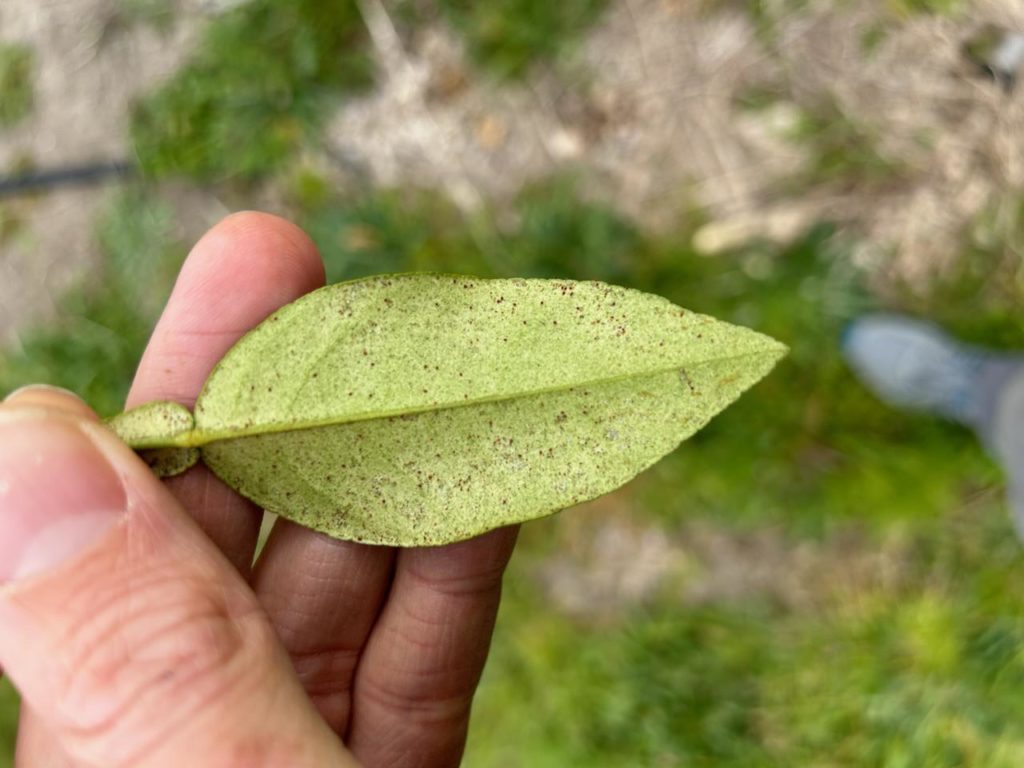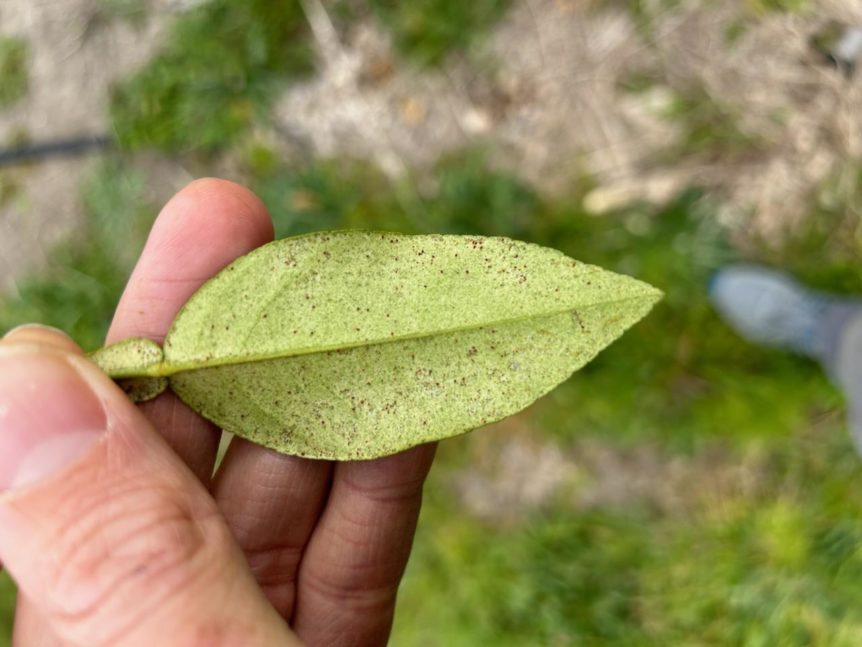
Weekly Field Update
Clemson Extension agents provide updates in The South Carolina Grower this week about the status of various crops being produced throughout the state.
Coastal Region
Zack Snipes
- We are getting some warmer weather, but it has been accompanied by wet, humid and damp conditions. Fields are very spongy right now.
- A few growers are putting in blueberries, blackberries, muscadines and citrus right now.
- Lettuce and other greens look great right now.
- Spring onions are starting to size up.
- Strawberries are pushing out their first big flush with lots of blooms and a good number of small green berries. I have one grower that has been picking a few weeks already. He is always first on the market every year.
- We had a terrible outbreak of red mites this past week on citrus. Trees looked fine one week, and the next week looked very pale in color.
- Blueberries are all over the place in development. Early varieties are done blooming and have small developing fruit, while the latest varieties are still in the tight bud phase. Growing several different cultivars can spread out risk of a freeze wiping everything out.
Midlands
Phillip Carnley
- Strawberries are moving right along. Many growers are just now starting to see red berries with the promise of many more, barring a hard freezing event before Easter. Leaf spot is being seen at low levels, and Neopestalotiopsis has been relatively underwhelming so far. I’m encouraging growers to start spoon feeding berries with between 4 to 6 pounds of nitrogen per week, depending on berry load, maturity and expected harvest date. It is important to not push too hard and put these berries in a state of extreme cold tenderness but maintain just enough fertility to sustain berry and bloom production.
- Blackberry growers in the Orangeburg area are really starting to prune heavily, preparing for the spring flush. While pruning, be on the lookout for damaged or diseased canes, and remove as necessary.
- Onions are growing well so far this season with there being some botrytis leaf spot, but nothing major overall. Some growers started garlic later than recommended, and we are seeing some cold damage as a result.
- Blueberries are coming along nicely with many of the early varieties in full bloom and beginning berry set. If you missed your pruning after picking last season, remember to make it a priority this year to encourage higher yields next season and to promote plant health. Be looking out for bacterial leaf scorch, stem canker and stem blotch.
Sarah Scott
- Warm temperatures are definitely moving things along. Peach blooms are really moving. Growers worked to get a copper application out on trees prior to the upcoming rain predicted for this week. Remember to reduce copper rates as bloom progresses to avoid injury. According to the Peach Spray Guide, the rate of MCE at pink to 5% bloom should not exceed 0.60 pounds MCE/acre.
- Crews continue to prune peaches. In anticipation of potential late freezes this year, crews are pruning lightly, leaving more wood in the center of the trees. The hope is that if we have freeze events, there will be more blooms, giving us more chance of survival, and the wood in the center of the trees may be a bit more protected. Pruning later is also helpful in areas where nematode populations are higher.
- Most all of our plum trees are wide open with bloom right now.
- Fields have been treated and plastic laid for vegetables. Transplants will start going in for crops like broccoli this week.
Pee Dee
Brittney King
- We had an awesome turnout of 70 people at the 2024 Pee Dee Vegetable Production Meeting last week. I want to give a special thanks to any agents who helped and all the speakers. A lot of great information was presented that I am sure will be very helpful going into the growing season.
- In strawberries, Gnomonia seems to be going away, and I have not had any new reports of Neopestalotiopsis. We had a few warm days that seemed to push some flowers. Boron applications are being made. Growers have also started fertilizing strawberry plants in anticipation of an Easter harvest. I have seen spider mite populations here and there, which growers do need to be on the lookout for. When row covers are removed, that is a perfect time to scout for mites because of the perfect environment that the row covers create. If you suspect you might have spider mites, please contact your local Extension agent for correct identification and recommendations on management.
- Blueberries are starting to bloom. Make sure to remove any cold-damaged basal shoots, as these will provide an entry point for the stem blight pathogen if left on the bush. If you have missed the opportunity for a dormant Sulforix leaf spot application, you can apply Captan + Indar for control after bud break. Even though there are no freezing temps in the 7-day forecast, we still could have a chance of a major cold event in the next several weeks. We have seen in years before where warm weeks in February have led to a freeze in March. Make sure you have a protection plan if that happens. For blueberries, using wind machines and burning hay bales is commonly used for frost protection. Overhead irrigation can be useful in protecting blooms and fruit, but only during a radiation freeze (freezing temps and calm winds). Advective freezes have freezing temps and blowing winds, so irrigation would not work in this scenario.
- Leafy green transplants have been going in. Please make sure to inspect for black rot, which will cause the veins in the edges of the leaves to turn black. Any plants that have black rot need to be disposed of, because there are no control options for it once it is in the field. With the warm temperatures this week, we will need to keep an eye on pests in brassicas and strawberries.
Upstate
Briana Naumuk
- Here in the Upstate it is starting to look like spring. We have had quite a bit of rain with warm temperatures. Continue to scout for disease, as these are the prime conditions for it. We are also due to continue having rain and warm temperatures into this week. Even though the weather has been lovely lately, just a reminder, we still aren’t out of danger of having another frost or freeze event this year.
- Lastly, please join us for our Upstate Apple Meeting next Monday, March 11.










